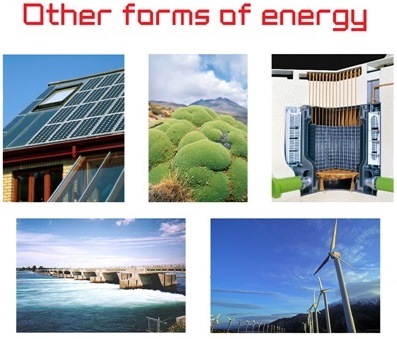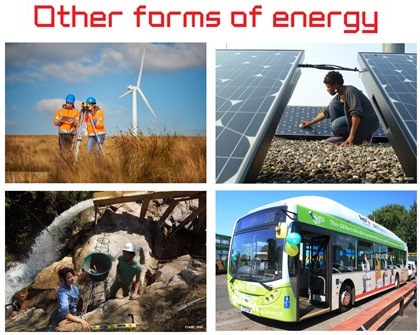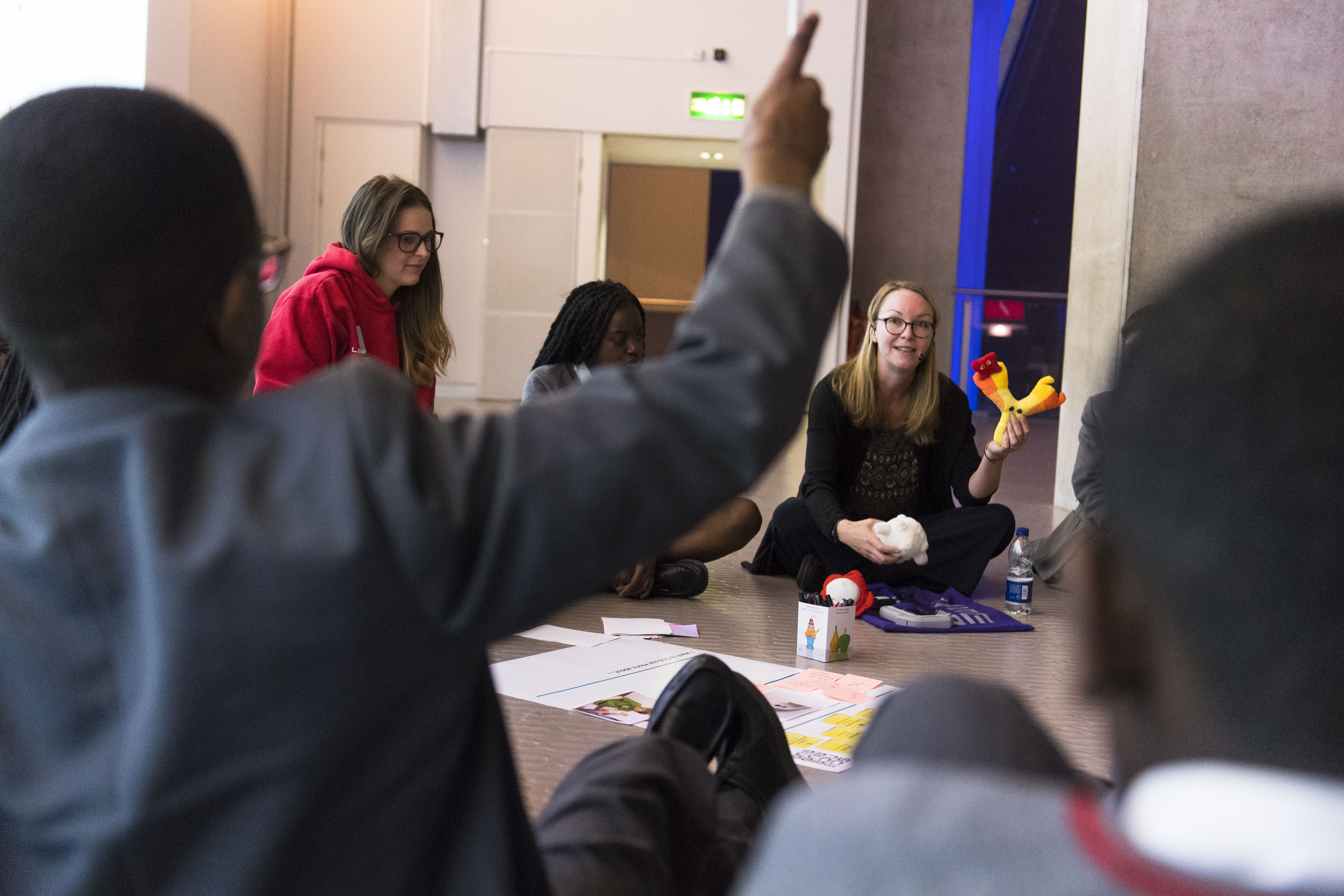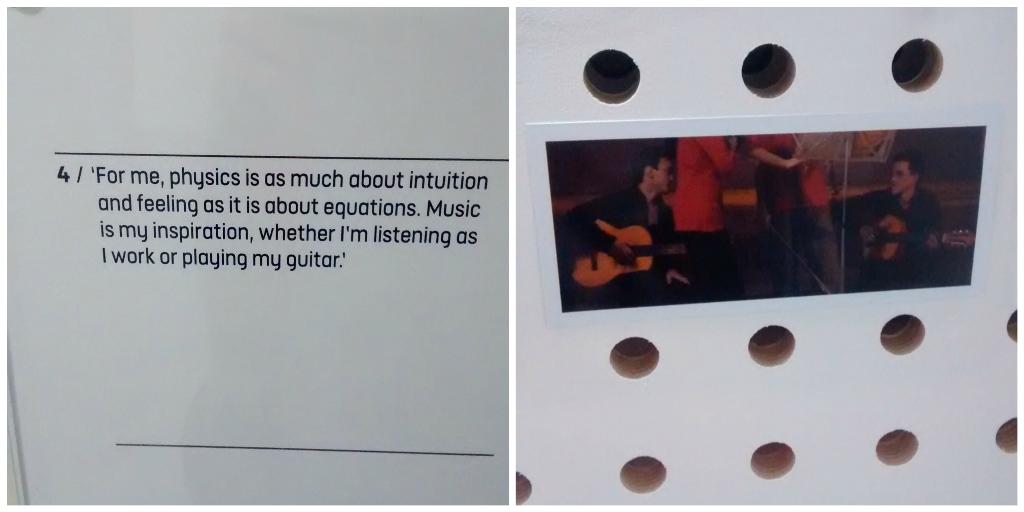It is lead by our interests or desires, it is carried out by us, it’s enabled by vast numbers of other people from the cook feeding everyone in an Antarctic research base to those funding them, and it affects and changes all our lives. Despite the fact that we are all affected by science the number of people actively engaged in STEM is woefully low and doesn’t represent the diversity of our society.
The science capital research has helped identify the issue and highlighted how many people struggle to identify with STEM and see it as something for them. This isn’t surprising when we consider the image of science that is perpetuated everywhere; the white, ‘brainy’ man who works alone in his lab with little social interaction. Try a Google Image search for ‘scientist’ and the scale of the problem starts to become apparent.

What can we do about this? We have considered four practical ways that we can try and address this:
- We need to demonstrate to our visitors the diversity of people who work in STEM and the work they do.
- We can highlight the breadth of careers that use STEM skills, from hairdressers to car mechanics, and help our visitors recognise those people in their families or local communities.
- We can share the human stories behind scientific discoveries to help our visitors identify with them and show them who is working in related fields today.
- We can help our visitors recognise their part in STEM, how they influence it and how their lives have been changed by it.
What does this look like in practice?
Shows
We recognised that we had a great opportunity through our science shows to highlight the diversity of people working in STEM and the types of projects they work on. For example, during Danger, High Voltage!, our show about electricity, we show students a variety of images demonstrating how renewable energy is harnessed, which used to look like this:

But we have updated the slide to look like this:

It’s quite a simple change but one that helps the science involved become more personal and relevant.
Meet the scientist
We have a variety of events and workshops in our museums that offer visitors the opportunity to meet with real scientists.
As part of the training and induction that we give these scientists, we share our science engagement reflection points to provide practical suggestions as to how they can engage more people with their research. Not only can scientists make links between their research and those everyday experiences our visitors will have, they can also help visitors feel more positive about their STEM skills and abilities and demonstrate the human side of science simply by being themselves and sharing their own stories with visitors.
As part of our Building Bridges project, students participated in a workshop called, Your World Now, where they met a scientist and learnt about their current research. Over the last year we really encouraged the scientists who took part to share their interests, hobbies and career paths with the students as well as their research. The effect on the students was really positive. We observed them asking more questions and showing a greater interest in the scientists’ career path and the work they were doing in comparison to previous workshops.

Exhibitions
The Engineer Your Future exhibition in the Science Museum uses a combination of interactive exhibits and objects to highlight the diversity of both the people who work in engineering and the projects they are involved in. Our hope is that we can widen students’ perception of what an engineer does and show them the range of employers out there looking for engineering skills.
The Wonder Materials: Graphene and Beyond exhibition that was held at the Museum of Science and Industry takes this even further. The exhibition included stories from the scientists who were involved in the graphene story, as well as exhibits that revealed information about their personalities, images of them as children, DVD’s of their favourite films and details about their hobbies. This information helps visitors identify with the scientists and see them as real people.

The stereotypes around science are so pervasive in our society that widening perceptions of STEM is a huge challenge. But if we work together across our sector and show those people who use STEM every day in their work, and help everyone recognise the role they play in influencing STEM we hope that more people will see that science is something ‘for them’.
How do we help visitors connect to those who currently work in STEM?